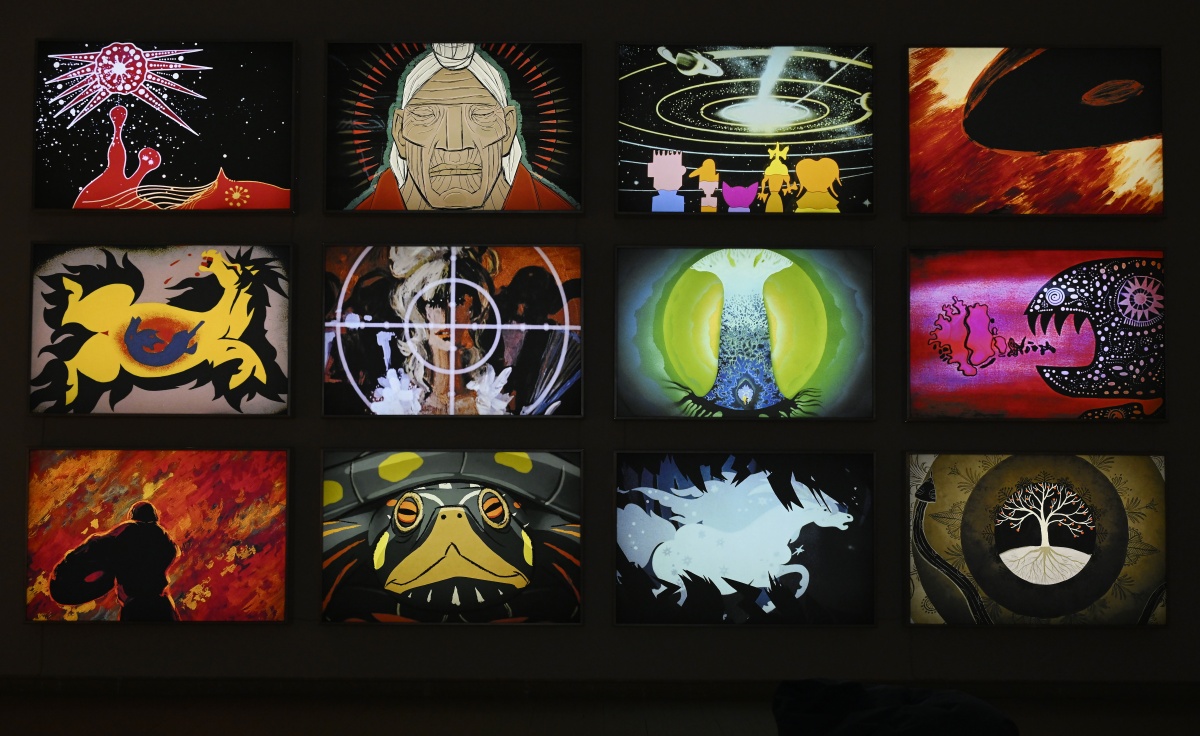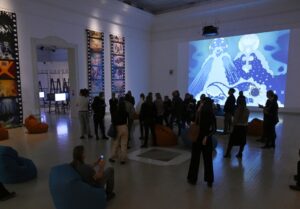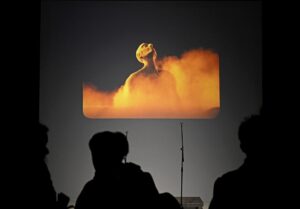
The exhibition titled Europe - From an Eastern European Perspective is opening on Thursday.Continue reading

The Kunsthalle introduces its new exhibition titled “Vision, gesture, experiment – Hungarian animation art is 111 years old.” It aims to introduce the history of Hungarian animation, its most important creators, and their films. It can be viewed until April 27th.
“Animation is an inescapable genre of contemporary art, as it is the area where all artistic disciplines meet, from literature to fine arts and music,” said Éva M. Tóth, curator of the exhibition, at the presentation of the exhibition on Thursday. The curator said that the main focus of the exhibition was to show these connections and to present the most exciting parts of the past 111 years of Hungarian animation in three rooms. She added that
the selection focuses specifically on auteur animation, which is a strong and dominant area in the history of Hungarian animation as a whole, but one that is also the least known to the general public.
In the first room, entitled “Vision,” four great artists, Áron Gauder, József Gémes, Marcell Jankovics, and Sándor Reisenbüchler will welcome visitors with a well-known work each. Sándor Reisenbüchler would have been 90 years old this year, so his exceptional work will be commemorated with a screening during the exhibition.

MTI/Lakatos Péter
In the second room, “Gesture,” the organizers selected films, most of which are instantly recognizable for their style, or for their particular technical or dramaturgical features. These works mostly push the boundaries of genre, although with less clear intent than the films in the next selection, “Experiment.”
In this last unit, for example, we see the Oscar-winning animation work The Fly by Ferenc Rófusz, which was a real novelty at the time of its production for its background animation technique.

MTI/Lakatos Péter
Ferenc Cakó’s homo animation is also one of the border crossers because of its unusual use of materials, but this room also contains moving images created at the Béla Balázs Studio, in which animation is organically combined with music or visual art, or even creates a new quality together with them, as well as unique moving images that were not made for the screen.
Via MTI; Featured picture: MTI/Péter Lakatos